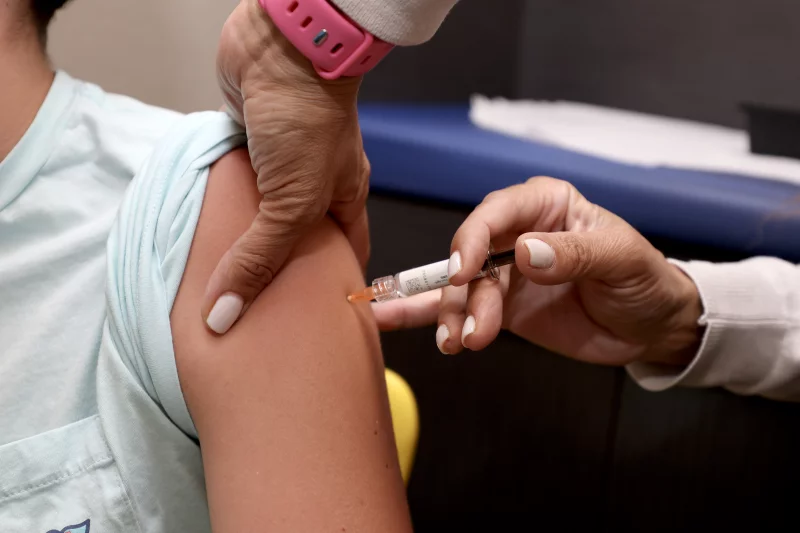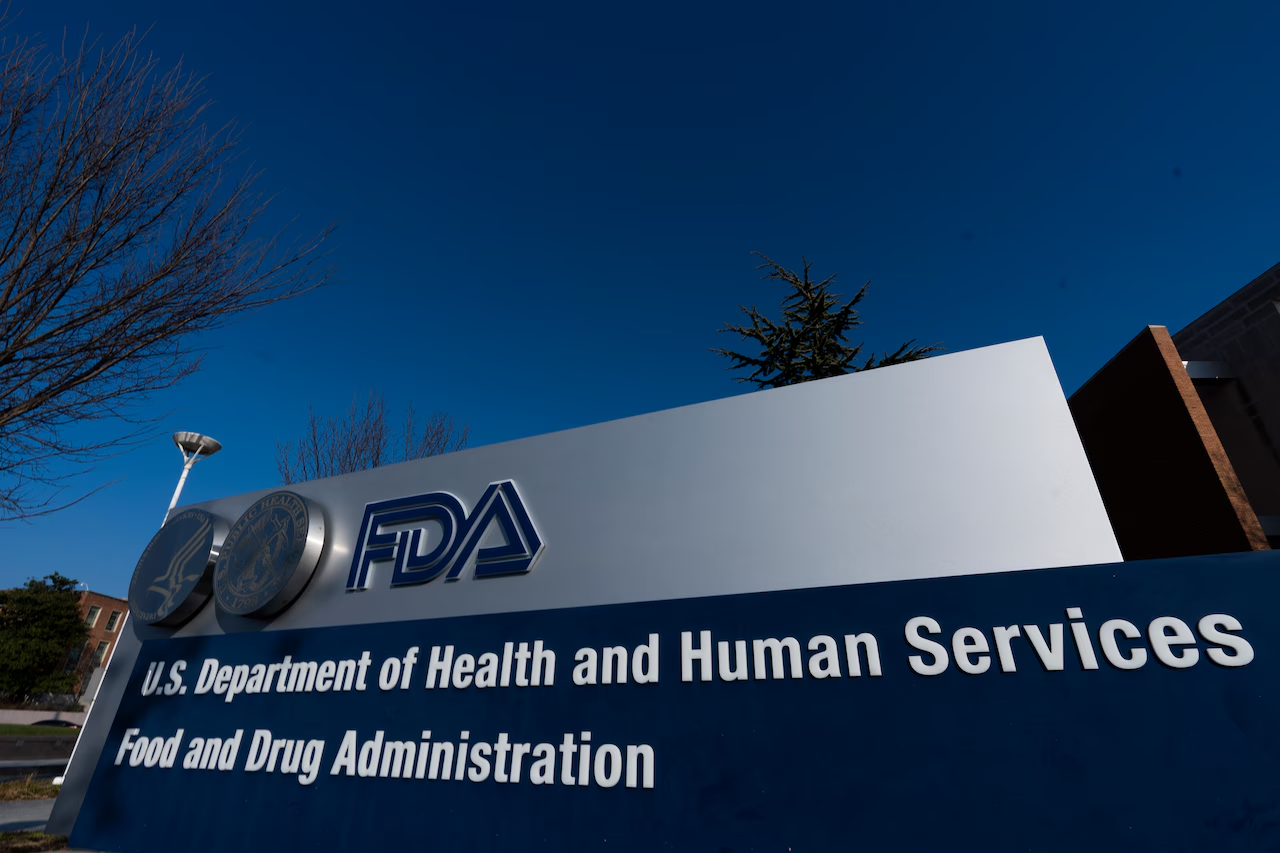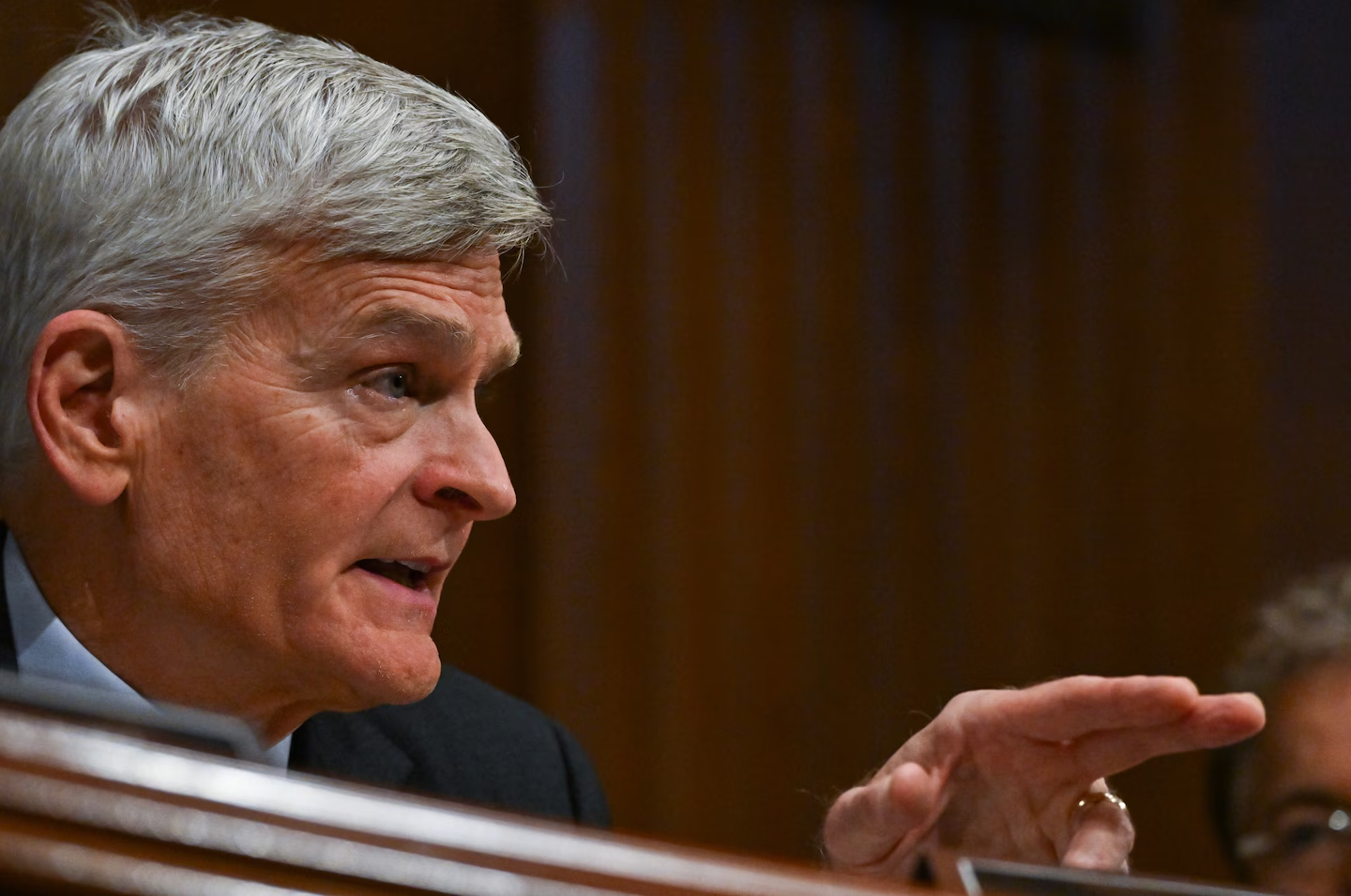September 2025 — Access to the latest COVID-19 vaccines in the United States has become a point of sharp debate, as federal restrictions collide with state-level efforts to broaden availability. While national regulators have limited eligibility to older adults and those with certain medical conditions, several states are stepping in to make vaccines easier to obtain for the wider public.
Federal Limits, Local Pushback
The Food and Drug Administration recently narrowed authorization of the updated COVID-19 vaccines, restricting them mainly to people aged 65 and above, along with those facing underlying health risks. At the same time, uncertainty within the Centers for Disease Control and Prevention has left younger adults, children, and pregnant people in a gray area, with no clear federal endorsement for routine vaccination.
In response, states are taking matters into their own hands. Governors and health departments are issuing emergency orders allowing pharmacists to administer vaccines without prescriptions. These measures are designed to eliminate bureaucratic barriers and ensure that anyone who wants a shot can receive one.
States Lead the Way
- New York has authorized pharmacists to vaccinate individuals as young as three years old, bypassing the need for a doctor’s prescription.
- Colorado is not only allowing walk-in vaccinations at pharmacies but also requiring insurers to cover the cost, ensuring families don’t face surprise bills.
- Massachusetts has gone a step further by mandating insurance coverage for vaccines endorsed by the state health department, even if federal agencies have not included them in their guidelines.
Medical Community Weighs In
The American Academy of Family Physicians is pushing for broad access across all age groups, urging that vaccines remain available to children, pregnant people, and healthy adults. This stance directly contrasts with the federal government’s narrower approach, highlighting a growing divide between medical professionals and regulators.
Why It Matters
For patients, these state decisions could mean the difference between being protected this winter or facing heightened risks as respiratory viruses surge. For healthcare providers, it simplifies the process—allowing pharmacists to act as frontline vaccinators rather than forcing patients to obtain prescriptions or navigate complicated insurance approvals.
Looking Ahead
As flu season approaches, the patchwork of rules across the country is likely to create confusion for families trying to navigate vaccine access. Unless federal agencies revisit their guidance, states may continue to chart their own course, effectively rewriting how vaccines are distributed in the U.S.












Leave a Reply